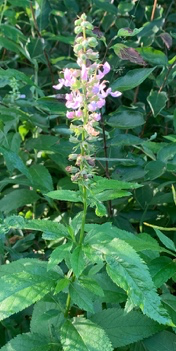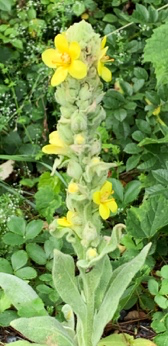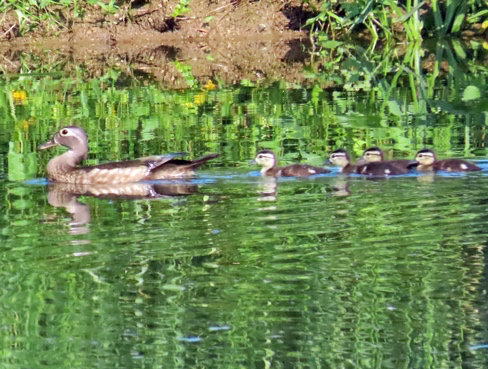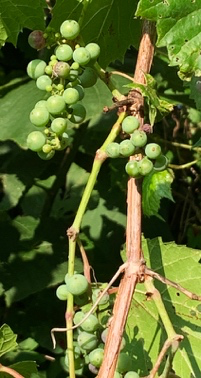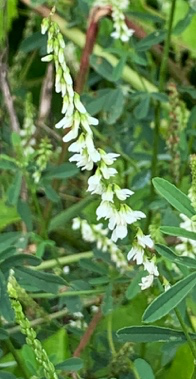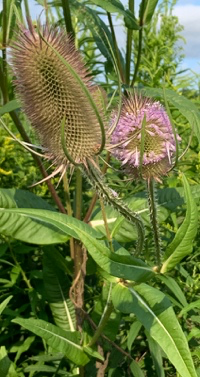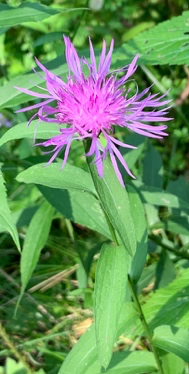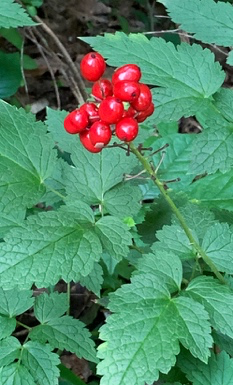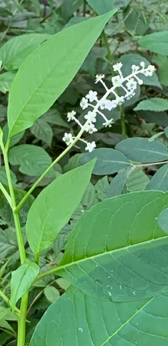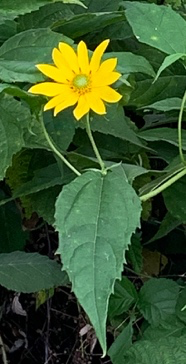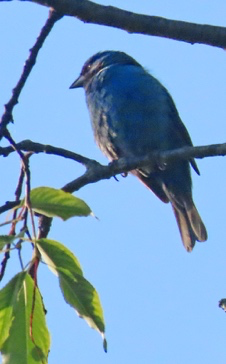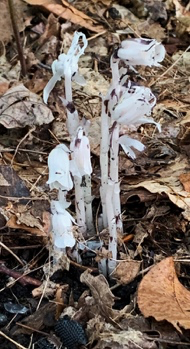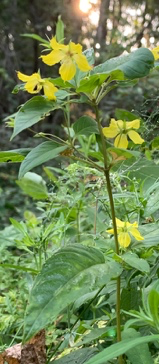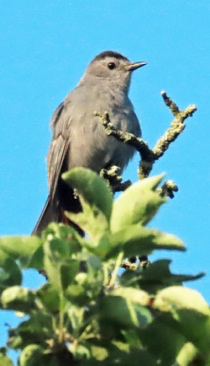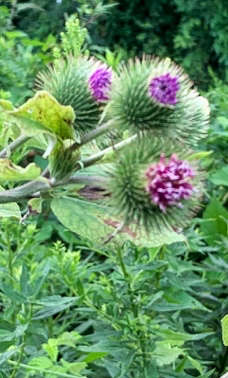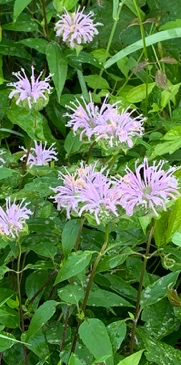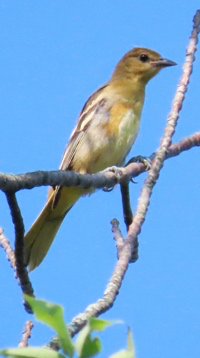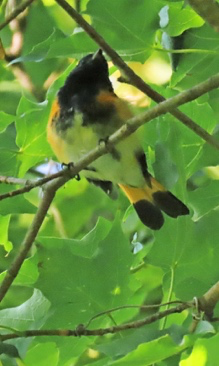All the photos below were from the trail this morning, July 31 (except the wood ducks, flicker, and oriole). Birds seem less numerous now, but yellow warblers, yellowthroats, catbirds, and song sparrows are always apparent. Newly obvious are juvenile birds; the song sparrow, indigo bunting, and Baltimore oriole below are examples of young birds, and so, of course, are the wood duck ducklings from earlier this month.
New flowers appear every week. Queen Anne’s lace and soapwort are now abundant, but a number of new and different yellow flowers add color to the trail edges, as does beebalm (Monarda) in lavender, red, and purple shades. Don’t be too attracted to the purple of spotted knapweed; it’s a noxious and damaging invasive. But Indian pipe is an unobtrusive late season native flower – white and waxy because it’s a non-photosynthesizing saprophyte that takes in nutrients from decaying organic matter. See if you can find any!
Late summer means that fruits are developing, too. Honeysuckle fruit are obvious, but you can find grapes and others. Note that brightly colored fruit are conspicuous, all the better to be found and consumed so that their seeds are spread far and wide. The burs of burdock (nature’s Velcro) provide another form of seed dispersal.




